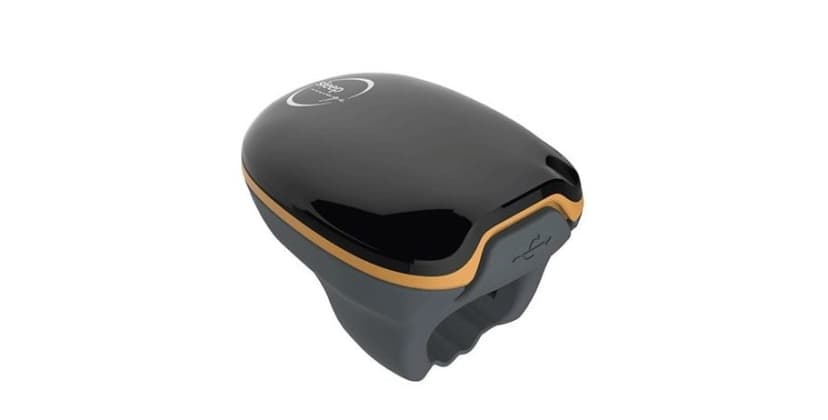We are excited to introduce a new complementary treatment option available at our clinic, Transcranial Electrical Stimulation (tES).
TES using direct current stimulation (TDCS) has shown promising results for individuals with Autism Spectrum Disorder (ASD) and Attention Deficit Hyperactivity Disorder (ADHD).
For individuals with ASD, tES has been explored as a way to enhance cognitive abilities and address core pathologies of autism. Studies have suggested that tES could improve mini-columnar morphology and gamma oscillations in the brain, which are areas that can be atypical in individuals with ASD 1.
In the case of ADHD, tES, particularly transcranial direct current stimulation (tDCS) of the dorsolateral prefrontal cortex, has been investigated for its ability to improve cognitive control and impulse regulation. This could lead to significant improvements in cognition and impulse control for those with ADHD 2.
It’s important to note that while tES has very few potential side effects, it is an emerging therapeutic tool. It is still considered complementary for ASD and ADHD, meaning it is not meant to replace standard treatments.
If you or a loved one are interested in exploring this treatment option, we invite you to schedule a consultation.
- Consider if they can sit still and tolerate mild discomfort for 30 minutes? If not, this treatment may not be the right fit.
- Skull defects and transcranial metal surgical implants may preclude this treatment.
Your health and well-being are our top priority, and we are here to support you.
To learn more check our website link here. Please do not hesitate to reach out to us for more information or to arrange an appointment.
- Traumatic brain injury
- Stroke
- Multiple sclerosis
- Movement disorders
- Memory difficulties
- Headaches
- Major depressive disorder
- Schizophrenia
- Craving in substance use disorders
- Obsessive-compulsive disorder
- Mild cognitive impairment

